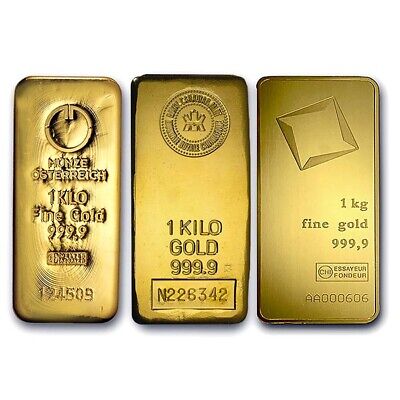Gold has long been a symbol of wealth and a reliable store of value. In recent years, central banks worldwide have been increasing their gold reserves. This trend has sparked interest and curiosity among investors and analysts alike. Why are central banks buying gold, and what implications does this have for individual investors? This article will explore the reasons behind central banks’ gold purchases and how this trend impacts the global gold market.

Why Do Central Banks Hold Gold?
Central banks hold gold for several strategic reasons. Understanding these motivations can provide insight into their purchasing behaviors and the broader implications for the gold market.
Support for Bi-Lateral Trade
Gold is a universally accepted currency that plays a crucial role in international trade. In times of economic uncertainty, countries often rely on gold to settle trade accounts, especially when trust in other currencies is compromised. Central banks can facilitate trade agreements and strengthen economic ties with other nations by holding substantial gold reserves.
Support for Local Fiat Currency
Gold is often viewed as a stabilizing force for local currencies. Central banks can instill confidence in their fiat currency by maintaining a significant amount of gold. This is particularly important during periods of inflation or when there is a need to defend the currency against speculative attacks. Gold is a hedge against currency devaluation, providing a safety net for central banks.
Diversification of Reserves
Central banks aim to diversify their reserves to mitigate risk. Gold, being a non-correlated asset, provides a balance against holdings such as foreign exchange reserves. By diversifying with gold, central banks can protect their assets from currency fluctuations and economic uncertainties.
Economic and Geopolitical Uncertainty
Gold is often seen as a safe-haven asset in geopolitical tension or economic instability. Central banks may increase their gold reserves to safeguard their economies against potential crises. This behavior is particularly evident during financial turmoil or escalating international conflicts.
Impact of Central Bank Gold Buying on Demand and Prices
The purchasing activities of central banks significantly influence the demand and price of gold in the global market. Here is how central bank gold buying affects the broader market dynamics:
Increased Demand for Gold
When central banks purchase gold, they contribute to an increase in overall demand. Central banks are among the largest buyers of gold, and their transactions can substantially impact the supply-demand balance. As demand rises, it often leads to an appreciation in gold prices.
Influence on Market Sentiment
Investors closely monitor central banks’ actions. When central banks start accumulating gold, they send a strong signal to the market about the perceived value and future prospects of gold. This can increase interest from other institutional and retail investors, further driving up demand and prices.
Price Stability
Central bank purchases can also play a role in stabilizing gold prices. By acting as a consistent buyer, central banks can provide a floor for prices, reducing volatility and offering a degree of predictability to the market. This stability can attract investors looking for a reliable store of value.
What This Means for Individual Investors
Understanding the motivations and actions of central banks in the gold market can provide valuable insights for individual investors. Here are some considerations:
Portfolio Diversification
Like central banks, individual investors can benefit from diversifying their portfolios with gold. Given its non-correlated nature with other asset classes, gold can provide stability and hedge against inflation and currency risks.
Safe-Haven Investment
Gold is often considered a safe-haven asset during times of economic uncertainty or geopolitical tension. Investors looking to protect their wealth during volatile periods may find value in increasing their gold holdings, mirroring central bank strategies.
Monitoring Market Trends
Individual investors can gain insights into potential market movements by keeping an eye on central bank purchasing trends. Increased central bank gold buying may signal future price increases, providing strategic investment opportunities.
Long-Term Value Preservation
Gold has a long history of preserving value over time. For investors looking for a long-term store of wealth, gold remains an attractive option. The actions of central banks underscore their enduring significance and potential for capital preservation.
Conclusion
The increasing trend of central banks buying gold highlights the metal’s importance as a strategic asset. By understanding the reasons behind these purchases and their impact on the market, individual investors can make informed decisions about incorporating gold into their investment strategies. As central banks continue to view gold as a critical component of their reserves, its relevance remains robust as a store of value and a hedge against uncertainty.
You can refer to resources such as the World Gold Council and the International Monetary Fund for further reading on central banks and gold.